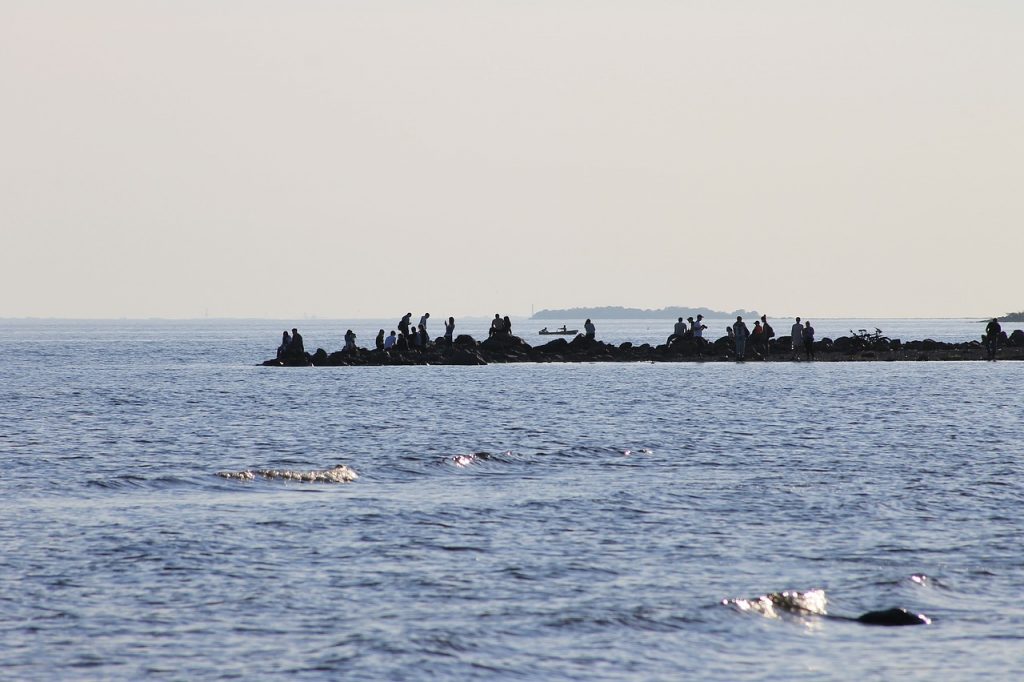Monitoring mercury (Hg) in the border area of Norway, Finland, Russia
Mercury (Hg) continues to present risks to Arctic wildlife and human populations. Mercury is also one of the prioritized substances under the EU Water Framework Directive (WFD) and it is included in Norway’s priority list of hazardous substances. It is of particular concern that mercury levels are continuing to rise in parts of the Arctic biota, despite reductions in anthropogenic emissions (AMAP 2011).
The main objective of the project is to harmonize methods of monitoring mercury in the border region, in order to compare results, assessments and establish further and common recommendations for the environmental authorities in this region. An important task will, therefore, be to design an adaptive monitoring program that include monitoring of different freshwater fish that are utilized for human consumption and lake sediments for monitoring of long term trends.
The project performed mercury monitoring and analysis in the North Calotte region and Russia, produced a manual for sampling, analysing and reporting mercury, and published a report with an overview of the studies on border lakes and rivers in Russia, Norway and Finland. Moreover, the project contributed to a wide range of conferences and publications on the issue.
Applicant: The County Governor of Finnmark
Countries: Norway, Finland, Russia
Project start 2015, expected to be finalized in 2017.
Copyright pictures: pixabay.com
